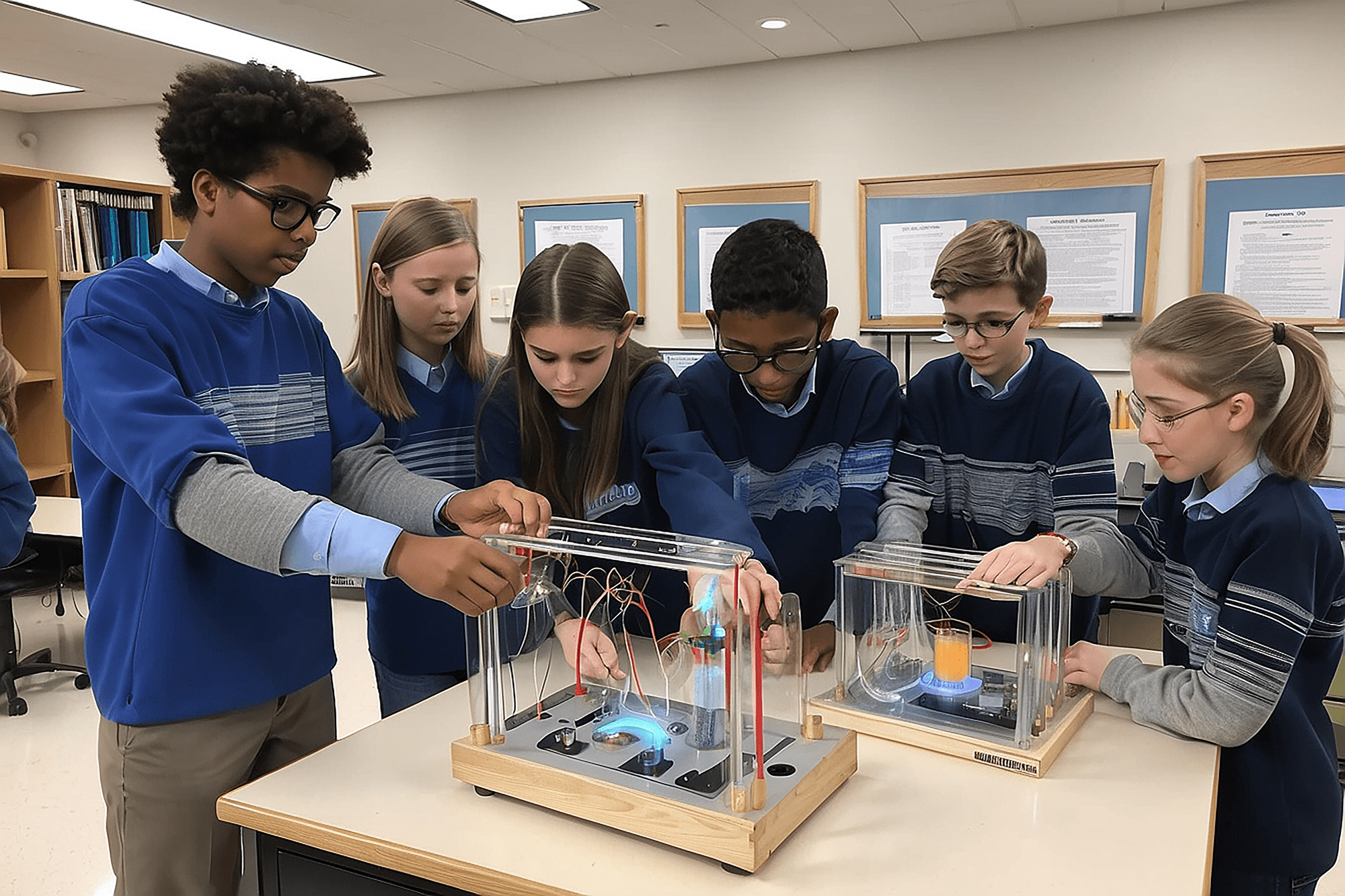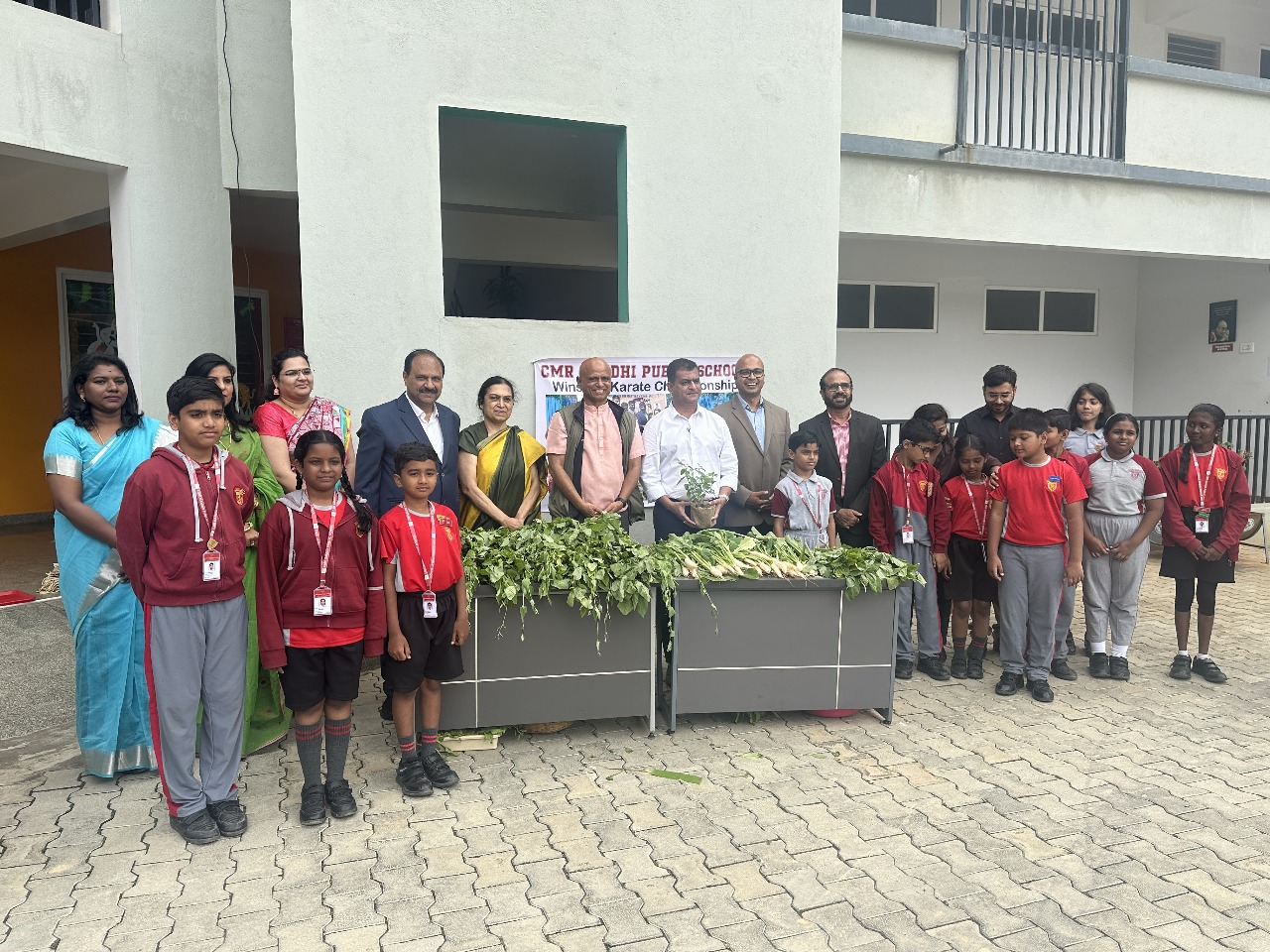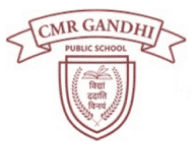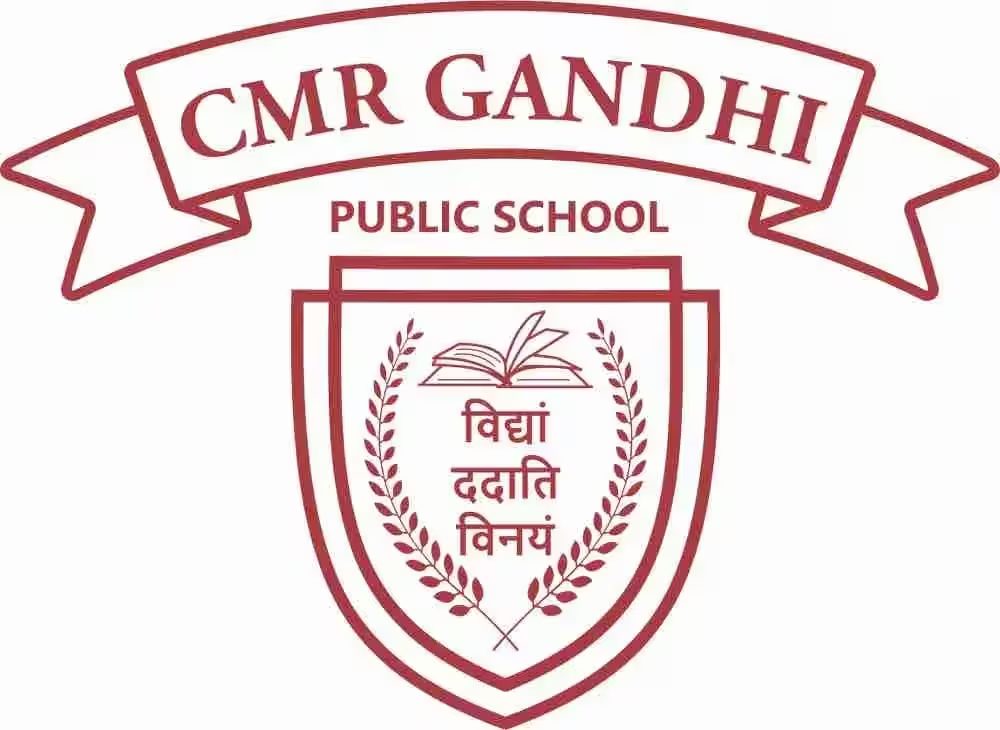Learning for the Future, Not the Past
What if your child’s school project could one day turn into a real invention?
Welcome to the future of learning, where classrooms aren’t just about textbooks, but about building future-ready skills. STEAM education in CBSE schools is redefining how children learn by combining Science, Technology, Engineering, Arts, and Mathematics into one powerful, interdisciplinary approach. It goes beyond rote learning and grades — encouraging creativity, real-world problem-solving, and hands-on experiences.
As millennial parents, you’re not just looking for academic excellence — you’re looking for schools that help children adapt, innovate, and thrive. That’s why STEAM-based learning in CBSE schools is no longer optional; it’s essential.
In this blog by CMR Gandhi Public School, discover how STEAM learning is transforming classrooms and preparing Gen Z students for tomorrow.
Why Gen Z Needs STEAM More Than Traditional Learning
Gen Z (born between 1997 and 2012) is the first generation to grow up with smartphones, AI, social media, and instant digital access. They’re digital natives — innovative, curious, and highly adaptable. But they’re also facing a world where automation and AI are replacing traditional career paths.
With rising unemployment, frequent layoffs, and evolving job markets, many Gen Z students are now questioning the conventional route of “get a degree, get a job.” They want purpose, flexibility, and skills that matter in the real world.
Traditional systems still focus on outdated curricula, preparing students for jobs that may no longer exist. This is where STEM education in schools becomes a game-changer — by equipping students with:
- Real-world application of knowledge
- Creative and analytical thinking
- Adaptability to change
- Collaborative and leadership skills
How the CBSE Curriculum Supports STEAM Education
CBSE schools, aligned with the National Education Policy (NEP 2020), are moving towards a competency-based, interdisciplinary model. This includes:
- Project-based learning
- Design thinking
- Art integration
- Coding and robotics modules
Subjects are no longer taught in isolation. For example:
- Science concepts blend with environmental awareness
- Math becomes part of design or budgeting challenges
- Art and music are used to explain scientific principles
This shift perfectly aligns with the STEM (Science, Technology, Engineering, and Mathematics) framework — and the “A” in STEAM enhances it further by encouraging imagination and creativity.
In today’s competitive world, STEM education approaches are helping students move from passive learning to active discovery.
Key Components of Effective STEAM Programs in CBSE Schools
Here’s what modern CBSE institutions — including leading schools in Sarjapur Road — are integrating to make STEAM a reality:
- Maker Spaces & Tinkering Labs (ATL): Students experiment with design, circuits, prototypes, and 3D models, encouraging invention and innovation.
- Robotics, AI & Coding: CBSE has introduced modules in Artificial Intelligence, Machine Learning, and Coding, even in middle school grades.
- Art-Integrated Learning: Creative subjects are no longer separate — art meets math, music meets science, helping students think beyond logic.
- Group Projects & Problem-Solving Challenges: Collaborative projects develop leadership, communication, and critical thinking — vital for career and life.
- Science Fairs & Exhibitions: Real-world platforms where students showcase innovations, develop confidence, and receive real feedback.
4 Key Benefits of STEAM Education for Students
- Encourages Innovation from a Young Age
Students become creators, not just consumers.
- Builds Teamwork & Leadership Skills
Interdisciplinary projects enhance collaboration and empathy.
- Connects Students to Real-World Experts
Exposure to mentors, workshops, and industry experts.
- Redefines Failure as a Learning Tool
Students build resilience through trial, error, and iteration.
Nurturing Technology AT CMR Gandhi Public School :
Technology has become an indispensable part of our lives. CMR Gandhi Public School lets young minds embrace and adopt the power of technology and activity-based learning for future innovators. Here are some activities implemented at our school:
- Unplugged coding activities, sequencing exercises to nurture young minds
- Using intuitive tools like Scratch Jr., making abstract concepts simple and enjoyable.
- Through hands-on robotics sessions, children learn to identify basic components, assemble parts, and understand engineering principles.
- AI and programming exposure through age-appropriate projects and interactive games.
- Cross-curricular learning blends different discipline concepts such as Science, Mathematics, and Art with computer lab sessions, empowering students to apply classroom knowledge in creative, technology-driven ways.
- Block-based programming and virtual simulation tools foster sensor and motor experiments.
Teachers: The Real Enablers of STEAM
A successful STEAM curriculum depends on empowered, well-trained teachers.
At CMR Gandhi Public School, teachers are trained not just to instruct, but to mentor, facilitate, and collaborate across disciplines. Science and art departments often work together to deliver unique, interdisciplinary learning experiences. The result? Classrooms that buzz with curiosity, hands-on learning, and innovation.
Parents: Your Role in the STEAM Journey
As parents, your mindset and support shape your child’s learning journey more than you realise.
Here’s how you can encourage STEAM learning at home:
- Value effort over perfection – support curiosity even if it gets messy.
- Encourage home projects – simple robotics kits, gardening, DIY science.
- Shift the goal – from only marks to mastering skills and creativity.
- Choose a school that integrates STEAM meaningfully, not just as a buzzword.
Conclusion: Empowering Gen Z Through STEAM – The Time Is Now
STEAM education is no longer a futuristic idea — it’s the need of the present.
Gen Z learners don’t want to memorize answers — they want to create, explore, and lead. By embracing STEAM education in CBSE schools, we prepare our children for a world where innovation, empathy, and adaptability are key to success.
Looking for a school that goes beyond books?
CMR Gandhi Public School, one of the top CBSE Schools in Sarjapur Road, brings STEAM to life through real-world projects, coding modules, ATL labs, and a nurturing environment where every child is encouraged to think boldly and learn joyfully.










